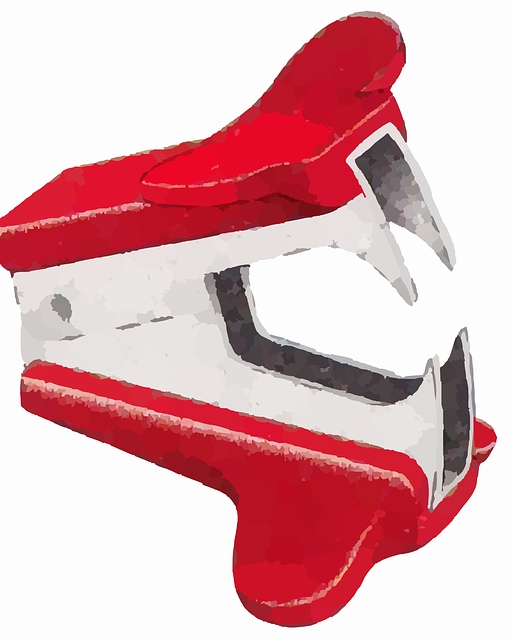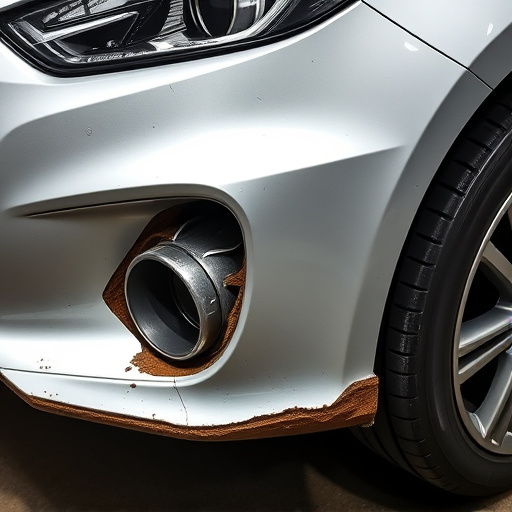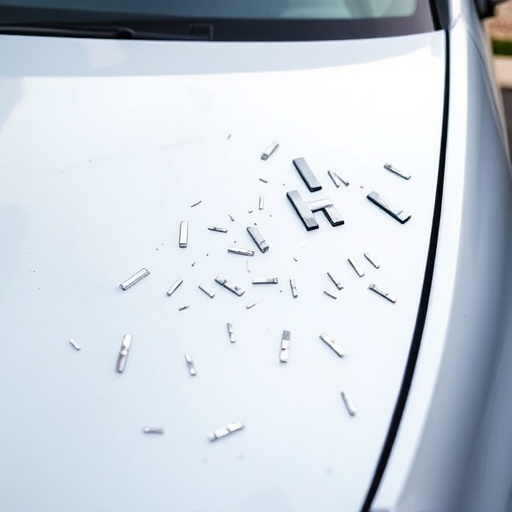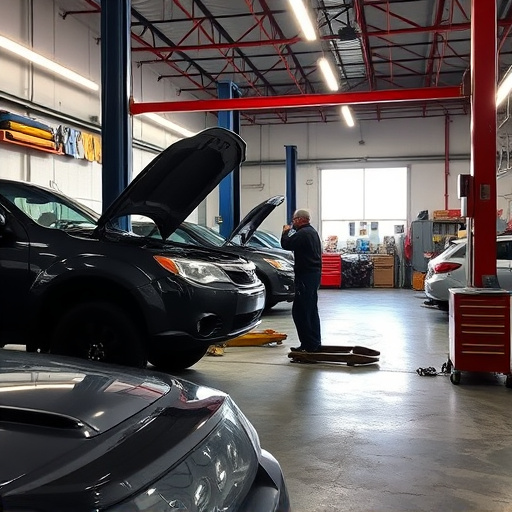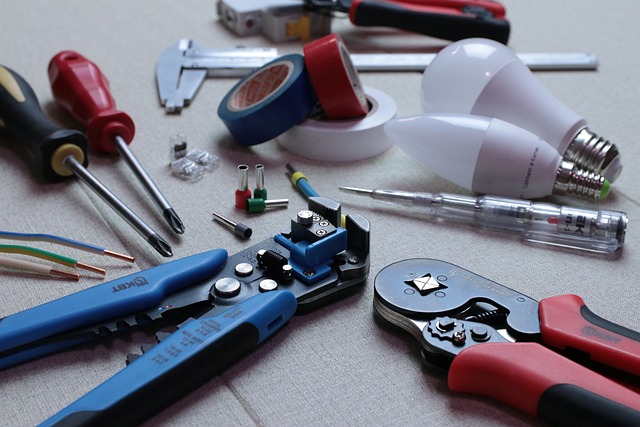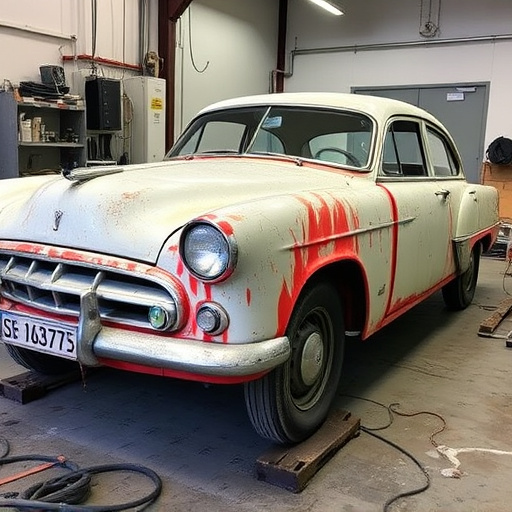In car dent repair and bodywork services, detailed note-taking is overlooked but crucial for client satisfaction, quality, and reputation. Effective documentation includes descriptive image labels, consistent naming conventions, and comprehensive metadata, vital for accurate repairs and future reference. A robust repair documentation service relies on these practices to streamline workflows and ensure reliable results.
In the realm of meticulous repair documentation, common mistakes can hinder efficiency and accuracy. This comprehensive guide aims to equip you with strategies to avoid critical errors often overlooked. Skipping detailed note-taking may seem expedient, but it lacks essential context. Inconsistent labeling creates confusion, making future reference a daunting task. Similarly, neglecting metadata recording limits the power of your documentation as a valuable repair resource. Discover why these practices are pivotal for any professional repair documentation service.
Skipping Detailed Note-Taking

In the rush to complete a job quickly, many professionals skip the vital step of detailed note-taking during repair processes. This is a common mistake that can prove detrimental in the long run for both the client and the repair documentation service. Every aspect of the repair process should be meticulously documented, from initial assessments to final touches. These notes are not just for internal use but also serve as a comprehensive record for clients, ensuring they understand the steps taken during their vehicle’s restoration.
Adequate note-taking is essential in the field of car dent repair and bodywork services. It allows for clear communication between technicians and customers, reducing miscommunications or misunderstandings. For instance, when dealing with intricate dent removal processes, precise notes can help future mechanics quickly grasp the extent of previous work, ensuring consistency and quality in subsequent repairs. Effective documentation enhances customer satisfaction and builds trust in your repair documentation service.
Inconsistent or Unclear Labeling
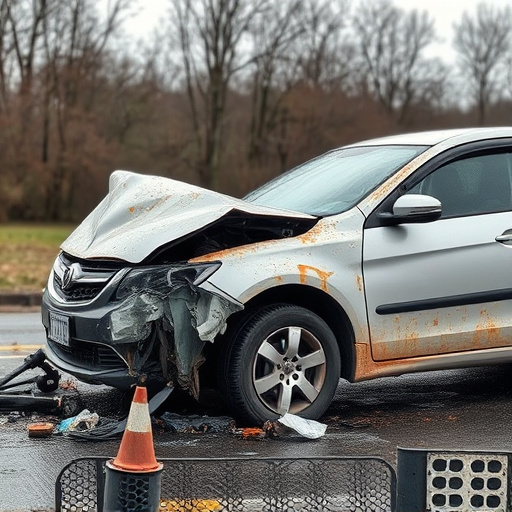
Inconsistent or unclear labeling is one of the most frequent mistakes made during the photo documentation process for any repair service, be it a car dent removal job or complex Mercedes-Benz repairs. Each image should be tagged with descriptive and uniform labels to ensure that the entire team involved in the restoration process understands its context clearly. For instance, using generic terms like “damage” without specifying the location or type of damage can lead to confusion later.
A comprehensive repair documentation service requires meticulous attention to detail when labeling photos. Consistency in naming conventions and clear descriptions are vital to streamline the entire restoration workflow. This is particularly crucial for intricate vehicle dent repairs, where every crevice and mark needs to be accurately documented for reference during the rebuilding process.
Neglecting Metadata Recording
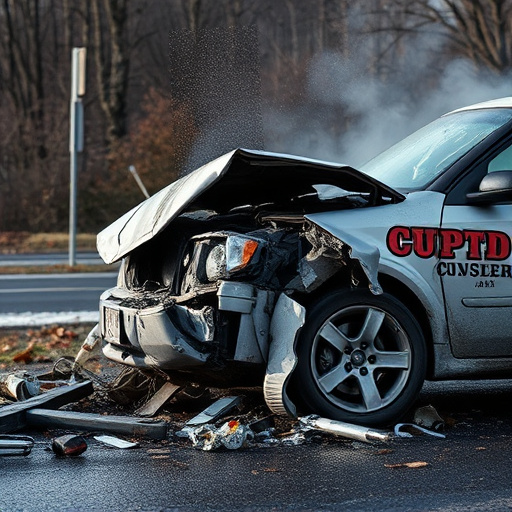
In the rush to complete a repair job, many individuals and even professional repair documentation services neglect an essential aspect: metadata recording. This includes details like the date, location, type of damage, materials used, and specific techniques employed during the repair process. Such information is invaluable for future reference and ensures that every step taken during the restoration—whether it’s a car body repair or automotive restoration—is accurately documented. Accurate metadata provides a roadmap for understanding past work, facilitating better decision-making for similar projects, and ensuring consistent quality over time.
Neglecting this aspect can lead to inconsistencies in future repairs, especially when dealing with intricate car restoration tasks. Metadata is the backbone of any comprehensive repair documentation service. It allows for a clear understanding of the history of a vehicle’s repairs, enabling technicians to build upon past work accurately and efficiently. By taking the time to record detailed metadata, whether for a car body repair or an automotive restoration project, you safeguard against errors and ensure that every repair is as precise and reliable as possible.
Documenting repairs accurately is paramount for any successful repair documentation service. By avoiding common pitfalls like skipping detailed note-taking, inconsistent labeling, and neglecting metadata recording, you ensure a comprehensive and organized record of each repair process. These practices not only facilitate efficient troubleshooting but also enhance customer satisfaction and support future analysis, making it an invaluable investment in your service’s quality and longevity.

